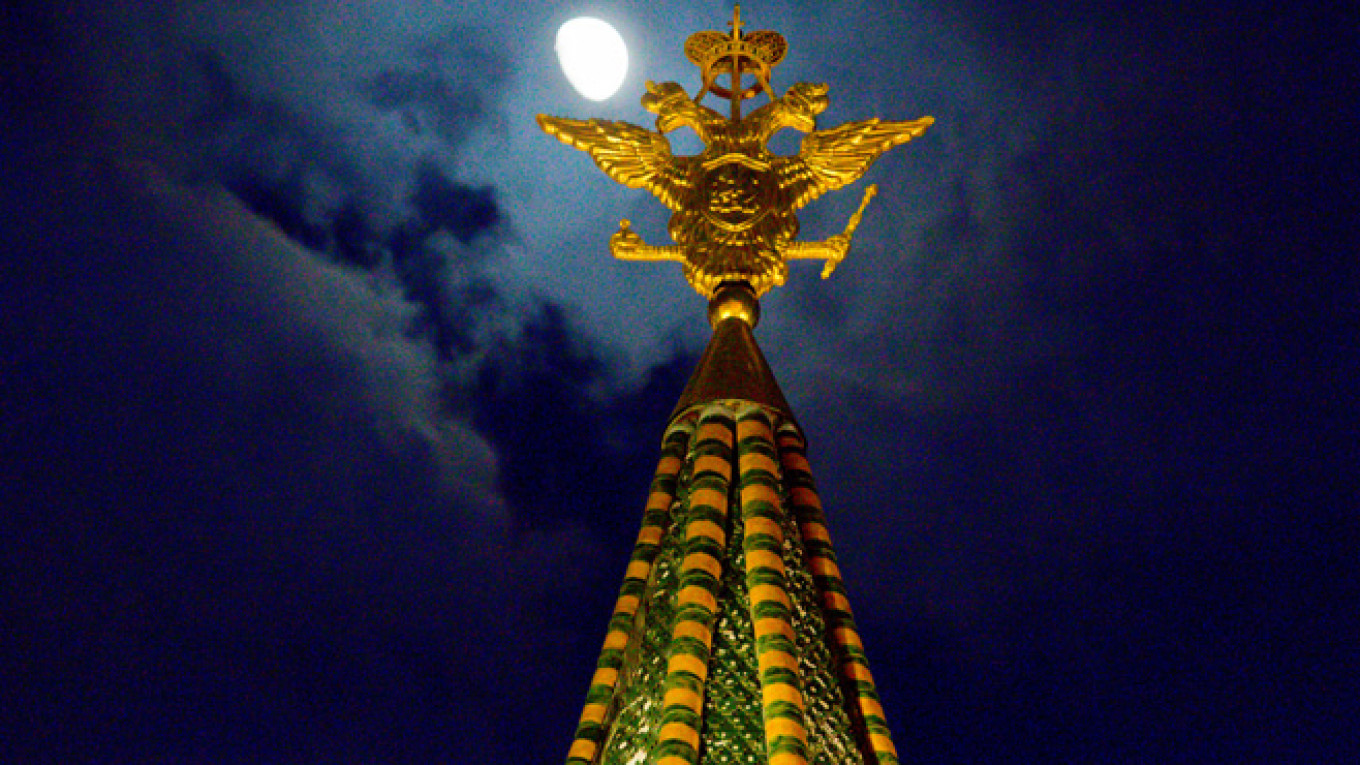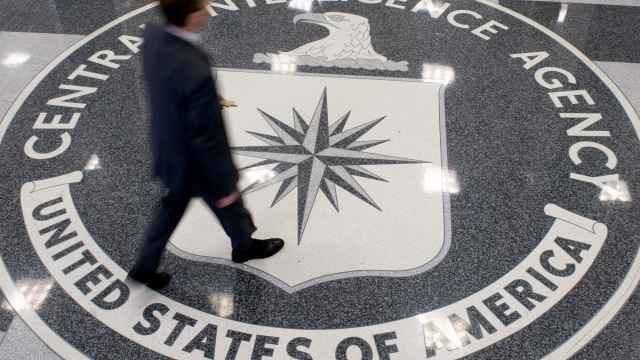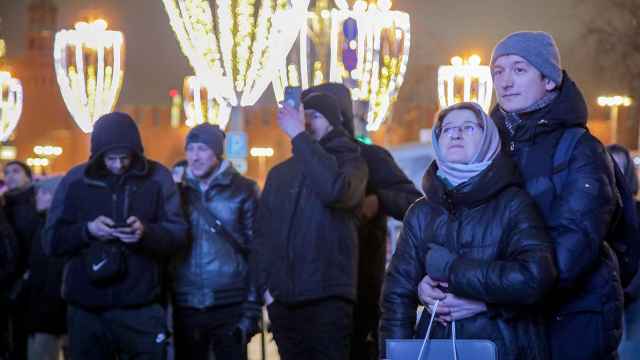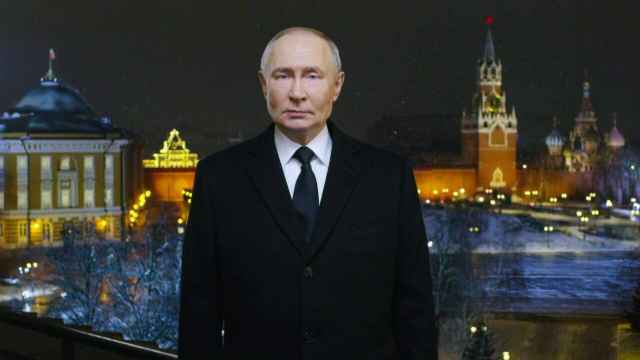Special report for MT
Russia needs to build a super-heavy rocket booster capable of lifting 80 to 85 tons into earth orbit in order to realize its lunar ambitions, Federal Space Agency chief Oleg Ostapenko said while visiting Crimea on Monday.
Speaking to students at the Tavrida National University in Simferopol about opportunities for Crimea — Russia newest region, since Russia precipitated a international scandal by poaching it from Ukraine in March — to contribute to the national space agenda, Ostapenko fleshed out Russia's plans to develop a new rocket for landing a cosmonaut on the moon sometime in the late 2020s, for which it will have to build the biggest rocket since the 1960s.
"The first stage [of the plan] is not to create a rocket with a lifting capacity of 120 tons, as it is not yet necessary. We are now placing the emphasis on a 80 to 85 ton rocket — this is enough for for the development of the Lunar program," a Roscosmos press release quoted Ostapenko as saying.
A spacecraft capable of flying men to the moon and landing on it when they get there has to be heavy, as it must carry all the food, supplies and equipment needed for the voyage, and a second vehicle capable of landing on the Moon.
The last rocket to accomplish this was the Saturn V rocket built by NASA in the 1960s to land astronauts on the Moon as part of the Apollo program. Still the most powerful rocket ever built, the Saturn V could lift 130 tons to orbit.
Russia's existing rockets fall far short of the self-imposed 80-ton benchmark needed for a lunar mission. For example, the Soyuz launch vehicle that currently ferries astronauts and cosmonauts to and from the International Space Station can launch seven tons to low earth orbit.
NASA is currently following a similar phased development plan for its new heavyweight launch vehicle, the Space Launch System, which is scheduled to begin testing in 2017. The initial design for the rocket will be able to lift 70 tons, with subsequent designs improving its capacity to 130 tons.
Ostapenko will continue his public relations tour of the Black Sea peninsula on Tuesday, when he will visit Sevastopol School 54, which is named after Yury Gagarin, the Soviet cosmonaut who in 1961 became the first man in space. Ostapenko will also host an even at a local children's center, where Crimean kids will be given an opportunity to speak with a cosmonaut who has flown aboard the International Space Station, and learn more about opportunities in the Russian space program.
See also:
Proton Rocket Crash Spurs Space Industry Consolidation
Contact the author at [email protected]
A Message from The Moscow Times:
Dear readers,
We are facing unprecedented challenges. Russia's Prosecutor General's Office has designated The Moscow Times as an "undesirable" organization, criminalizing our work and putting our staff at risk of prosecution. This follows our earlier unjust labeling as a "foreign agent."
These actions are direct attempts to silence independent journalism in Russia. The authorities claim our work "discredits the decisions of the Russian leadership." We see things differently: we strive to provide accurate, unbiased reporting on Russia.
We, the journalists of The Moscow Times, refuse to be silenced. But to continue our work, we need your help.
Your support, no matter how small, makes a world of difference. If you can, please support us monthly starting from just $2. It's quick to set up, and every contribution makes a significant impact.
By supporting The Moscow Times, you're defending open, independent journalism in the face of repression. Thank you for standing with us.
Remind me later.






